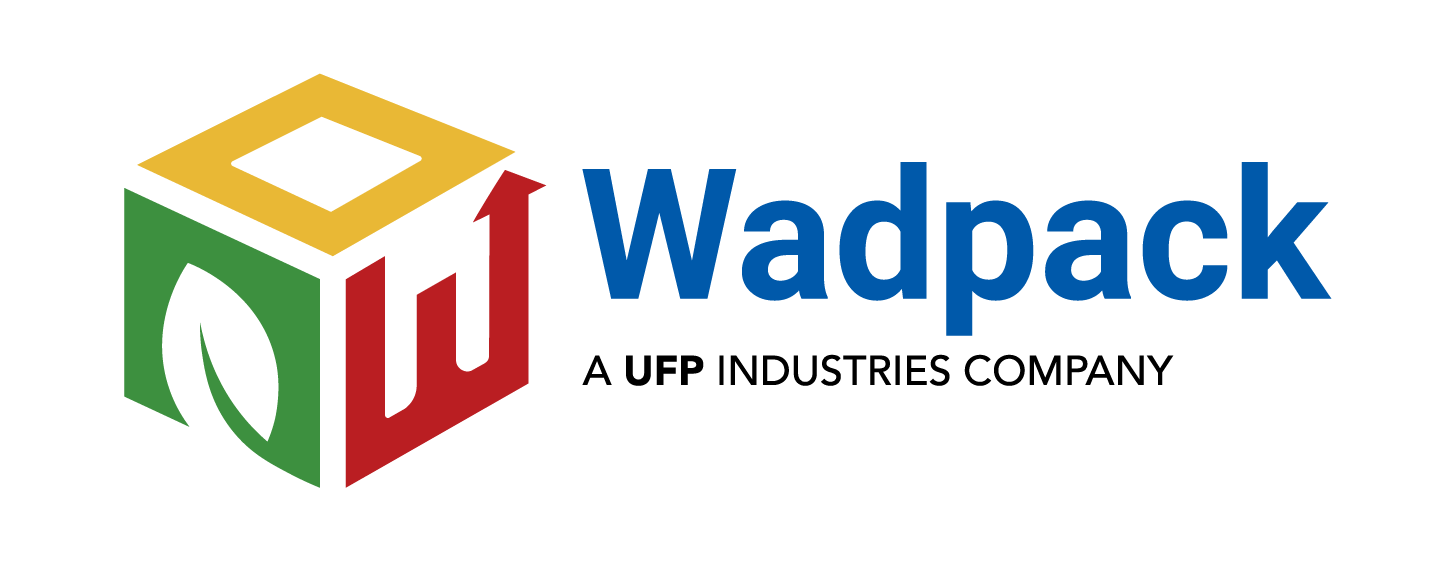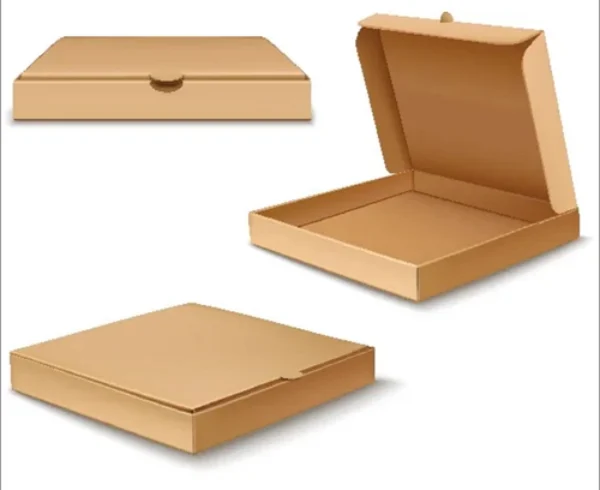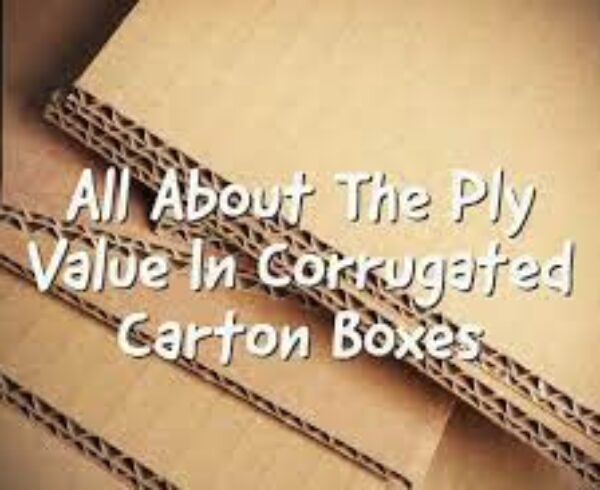Efficient Ways to Ensure You Save Costs on Your Corrugated Boxes

Saving costs on corrugated boxes is essential for businesses looking to optimize their packaging expenses. Corrugated boxes are widely used for shipping, storage, and protecting products during transportation. Implementing efficient strategies can help businesses reduce costs while maintaining the quality and functionality of their packaging. Here are some practical ways to save costs on corrugated boxes:
- Right-sizing the Boxes: One of the most effective ways to save costs is by right-sizing the boxes. Often, businesses use larger boxes than necessary, resulting in wasted space and increased material costs. Conduct a thorough analysis of your product sizes and choose box dimensions that fit snugly without excessive gaps. Utilize box-sizing software or consult packaging experts to determine the optimal box dimensions for your products. Right-sizing not only reduces material costs but also lowers shipping charges due to smaller dimensional weight.
- Explore Standard Box Sizes: Standard box sizes are readily available and can be more cost-effective compared to custom-sized boxes. Standard boxes are produced in large quantities, leading to economies of scale, lower manufacturing costs, and potential discounts from suppliers. Evaluate your product range to identify commonly used sizes and see if they align with standard box dimensions. Standardizing box sizes can also streamline your packaging process and reduce labor costs associated with handling and storing various box sizes.
- Utilize Efficient Box Styles: Choosing the right box style can optimize material usage and minimize costs. Common box styles include regular-slotted containers (RSC), half-slotted containers (HSC), and die-cut boxes. RSC boxes are versatile and cost-effective, while HSC boxes eliminate the need for additional top flaps, reducing material consumption. Die-cut boxes are custom-shaped and offer a tailored fit for specific products, reducing wasted space. Selecting the most efficient box style for your products can lead to material savings and lower production costs.
- Optimize Material Selection: Carefully selecting the corrugated board material can help save costs without compromising on box strength and protection. Corrugated boards are available in various flute types, such as A, B, C, E, and F. Each flute type offers different levels of strength, rigidity, and thickness. Analyze your product’s weight, fragility, and transportation requirements to determine the appropriate flute type. Choosing a lighter flute can reduce material costs while still providing adequate protection. Additionally, consider using recycled or eco-friendly corrugated boards, which are often more cost-effective and align with sustainability goals.
- Consolidate Packaging Orders: Consolidating your packaging orders can lead to significant cost savings. Instead of placing small, frequent orders, try to consolidate your packaging needs into larger quantities. Bulk ordering can often result in lower per-unit costs due to reduced setup and manufacturing expenses. Coordinate with your suppliers to establish a regular packaging order schedule and negotiate favorable pricing based on volume discounts.
- Source from Multiple Suppliers: Obtaining quotes from multiple suppliers allows you to compare prices and negotiate better deals. Research and reach out to several corrugated box manufacturers or packaging suppliers to explore different pricing options. Consider factors such as quality, lead time, reliability, and customer service alongside pricing. Regularly reviewing your supplier options ensures that you are getting the best value for your packaging requirements.
- Optimize Packaging Designs: Designing efficient packaging can lead to cost savings in multiple ways. First, reduce unnecessary embellishments and design elements that increase material usage. Simplify the box structure while maintaining its functionality and protective qualities. Additionally, consider integrating design features that enhance stackability, allowing for more efficient storage and transportation. Efficient packaging design can result in material savings, optimized box utilization, and improved logistics efficiency.
- Implement Automation: Automation can streamline the packaging process and reduce labor costs. Invest in packaging machinery such as case erectors, sealers, and palletizers, depending on your production volume and requirements. Automation not only improves efficiency but also minimizes human errors, leading to cost savings associated with rework and waste. Evaluate your production needs and explore automation options that align with your budget and long-term goals.
- Reuse and Recycle: Implementing a system for reusing and recycling corrugated boxes can reduce costs and contribute to sustainability. Assess the condition of returned or used boxes to determine their suitability for reuse. Establish procedures for inspecting, repairing, and reusing boxes that are in good condition. Implementing a recycling program for damaged or unusable boxes allows you to recover some of the material costs and reduces waste disposal expenses.
- Optimize Inventory Management: Efficient inventory management practices can minimize costs associated with excess stock and storage. Analyze your packaging usage patterns and set up appropriate inventory controls. Use data analysis and forecasting techniques to predict packaging needs accurately and avoid overstocking. By optimizing inventory levels, you can minimize material waste, reduce carrying costs, and maximize the utilization of your packaging resources.
In conclusion, implementing these strategies can help businesses save costs on corrugated boxes without compromising on quality or functionality. By right-sizing boxes, exploring standard sizes, optimizing material selection, and implementing efficient packaging designs, companies can achieve significant material savings. Consolidating orders, sourcing from multiple suppliers, and implementing automation further contribute to cost reduction. Additionally, incorporating recycling and optimizing inventory management practices help minimize waste and storage costs. By adopting these practices, businesses can achieve cost savings while ensuring their products are packaged securely and efficiently.




Leave a Comment